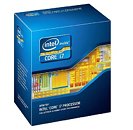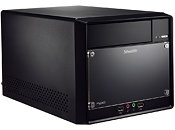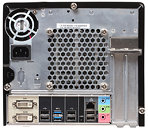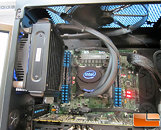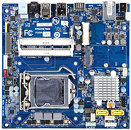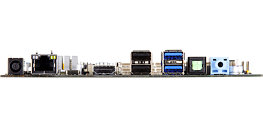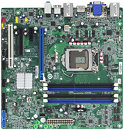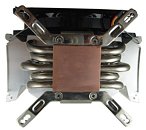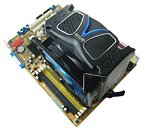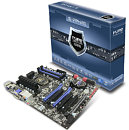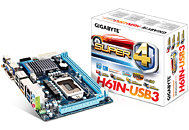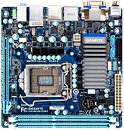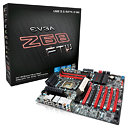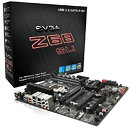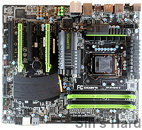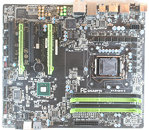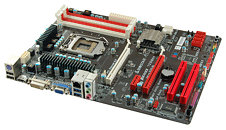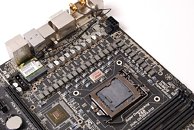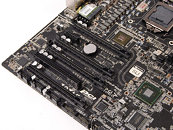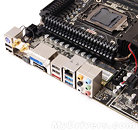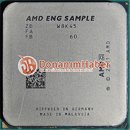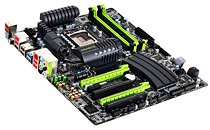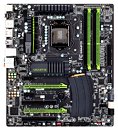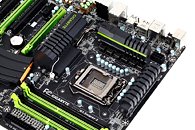Sandy Bridge-E is Intel's next-generation high-end desktop and enterprise platform that is an upscale of the Sandy Bridge platform the company launched early this year. At this year's major trade-shows such as Computex, motherboard partners displayed their socket
LGA2011 motherboards with the complete feature-set of the platform. Apart from the large socket, and memory slots at odd places, the most distinct feature of those motherboards was the plethora of SATA ports they came with. Even the most [relatively] low-end LGA2011 motherboards had around 10 SATA ports, most of which were 6 Gb/s. Platform schematics also made it to the public domain around that time, revealing a key feature that makes driving 8 SATA 6 Gb/s ports possible: a supplementary PCI-Express 3.0 x4 link between the X79 PCH and the LGA2011 processor, that adds 16 GB/s (8 GB/s per direction) of bandwidth between the processor and the chipset, without which the storage controller would be severely bottlenecked with the DMI Gen2 (physical PCI-Express 2.0 x4), with its puny 8 GB/s (4 GB/s per direction) bandwidth.
Originally slated for Q4 2011, Intel's Sandy Bridge-E platform was
reported to have been delayed to Q1 2012. It is now emerging that Patsburg-D, the variant of Patsburg X79 chipset, which features 8 SATA/SAS 6 Gb/s ports, which requires that supplementary PCI-E 3.0 x4 link, may be causing a development hold up at Intel. So, the company is planning on launching the platform this year itself, but with Patsburg-B, a variant of the chipset that has only four SATA/SAS 6 Gb/s ports, and relies entirely on DMI as the chipset interconnect. The slide below lists out differences between the many variants of Patsburg PCH. DMI would give the platform the same amount of chipset interconnect bandwidth as today's LGA1155-Cougar Point platform. It is, however possible that the higher Patsburg-D/X variants will be launched when Intel irons out whatever issues exist with them.

